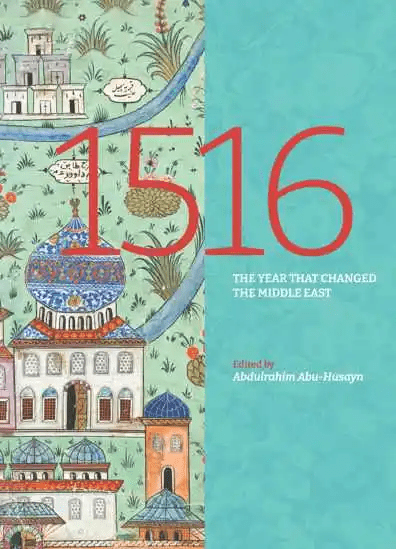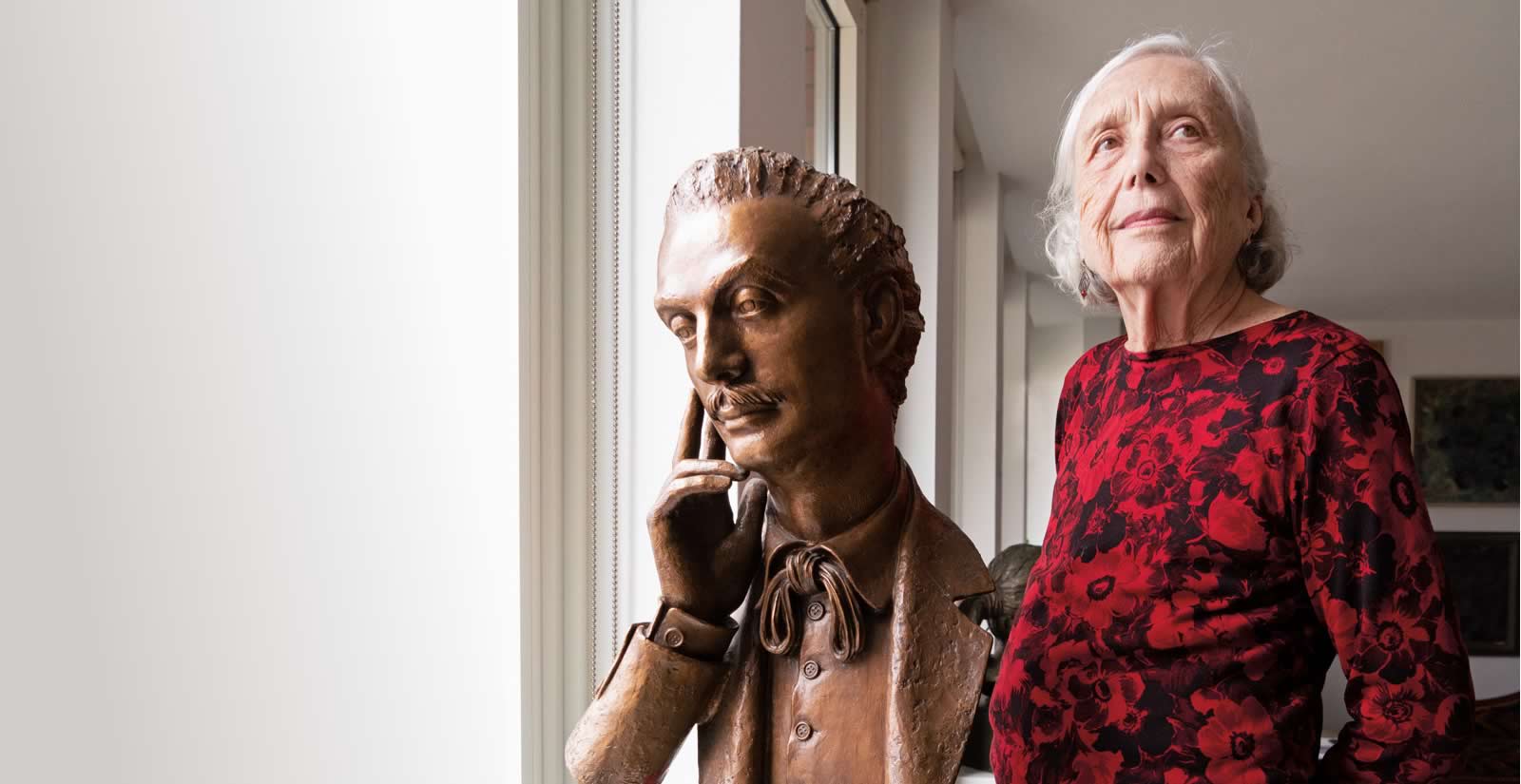.png?cx=0.44&cy=0.65)
Zeina Abirached’s Art Uncovers Urgency of Wisdom in Gibran’s The Prophet
Roza Melkumyan
The Prophet: A Graphic Novel
Kahlil Gibran. Tr. and Il. Zeina Abirached. Interlink Books, 2024.
“Yet this we ask ere you leave us, that you speak to us and give us of your truth and it shall not perish.”
Zeina Abirached’s graphic novel adaptation of Kahlil Gibran’s The Prophet isn’t the first illustrated version of his 1923 classic—but it might be the first to turn his 26 prose-poetry fables into a silent duet between artist and prophet. Through stark imagery and deliberate pacing, Abirached, a fellow Lebanese émigré and an award-winning graphic artist, compels readers to linger over Gibran’s paradoxes (joy and sorrow are inseparable), transforming each page into a mirror for self-reflection. As the story’s protagonist, Almustafa, the exiled prophet, prepares to depart the fictional port city of Orphalese after 12 years, the townspeople approach him with questions on life. They ask not for advice but revelation—how to love without clinging, grieve without despairing and labor without soulless toiling. Gibran’s answers feel at once ancient and urgent. Abirached’s art meets them with equal weight. Her Lebanon—its palms bending in the wind, fishermen wrestling the billowing waves of the sea—becomes a complementary stage for Gibran’s universal truths. In “On Work,” her panels of calloused hands shaping clay echo his line, “Work is love made visible.” Here his wisdom isn’t recited but witnessed—a silent dialog between text and image, writer and artist. In an age of scrolling and skimming, Abirached’s art demands we slow down—just as Gibran’s wisdom demands stillness. Together, they remind us that some truths can’t be rushed.
More From AramcoWorld
The Borderless World of Kahlil Gibran
You may also be interested in...

A Century of African Art, in 300 Voices, All in One Book
From Cairo to Khartoum to Casablanca, this volume traces how African artists have shaped—and reshaped—modern art over the past century.
Editor Challenges Readers To Witness Islamic History Sans the Modern Lens In New Book
In 1516, Ottoman Sultan Selim I entered Damascus clean-shaven. What followed changed Arab-Turkish relations for 400 years.
